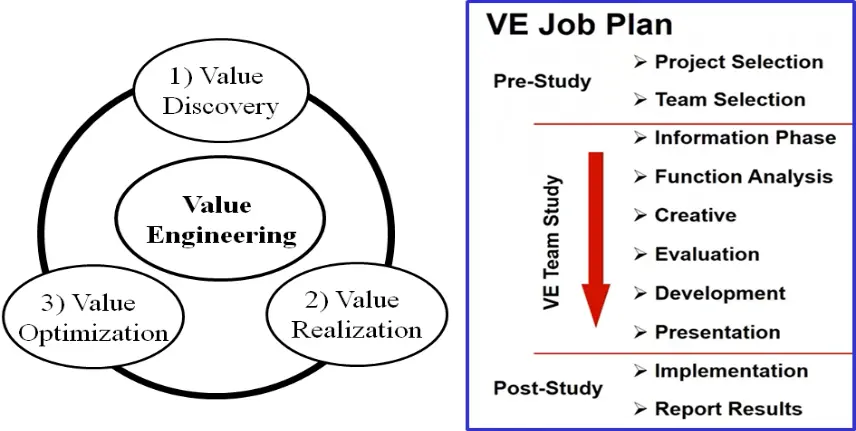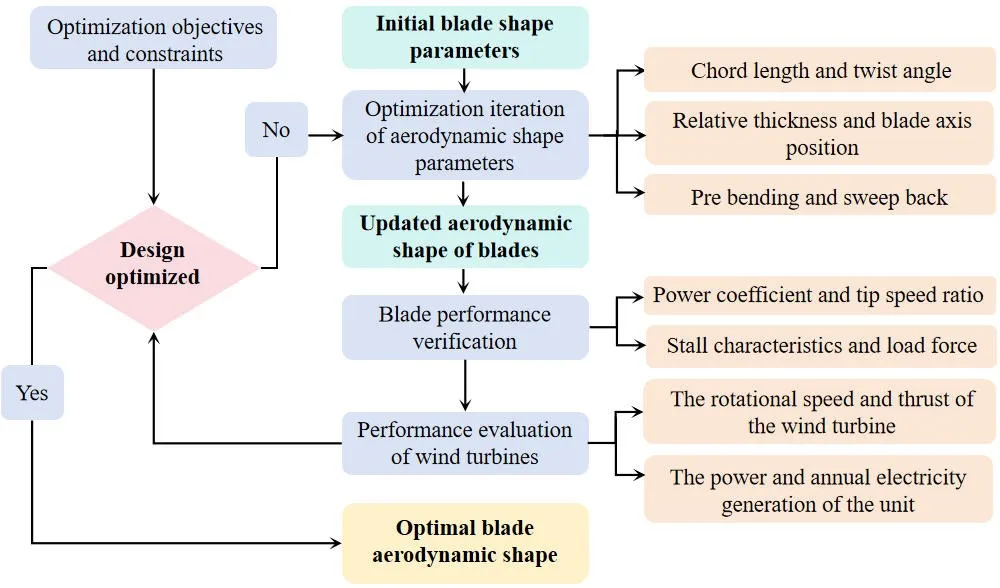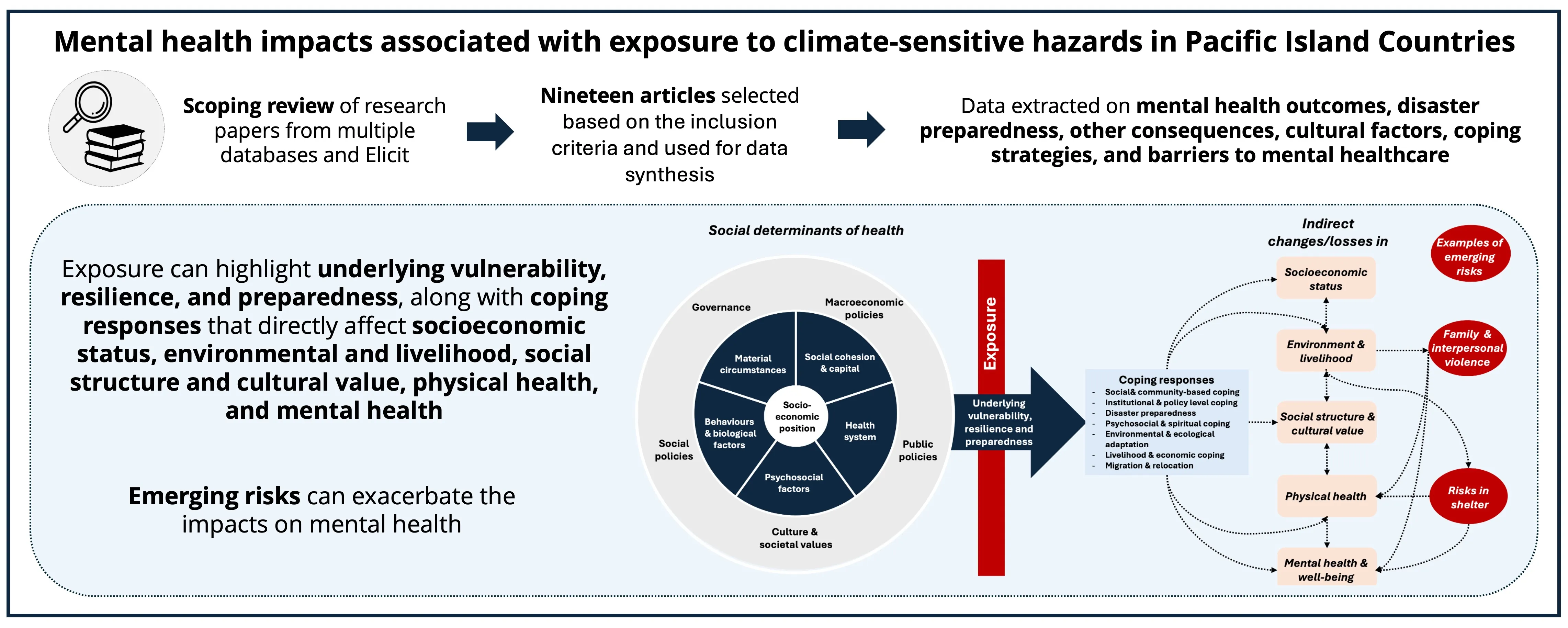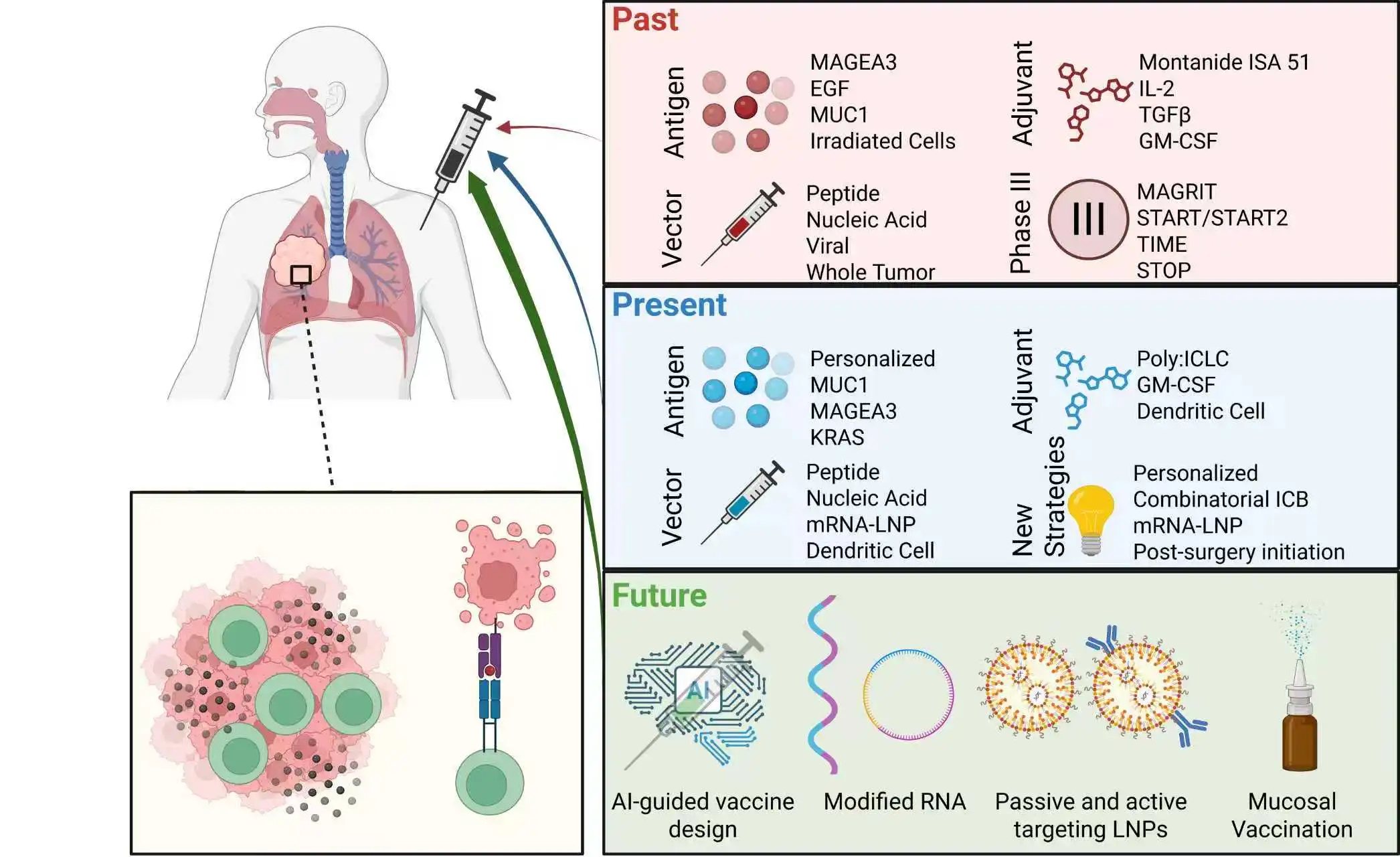Found 469 results
Open Access
Case Report
10 November 2025Non-Fallot Absent Pulmonary Valve Syndrome in Fetuses: Key Insights for Prenatal Diagnosis and Postnatal Care
Absent pulmonary valve syndrome (APVS) is a rare cardiac malformation that is almost always associated with a Fallot-type ventricular septal defect (VSD). More rarely, it can occur with an intact ventricular septum or muscular VSD. The limited number of observations reported in the medical literature affects the quality of prenatal counselling given to the families concerned. We report 3 new cases of APVS without Fallot-type VSD, with 1 case associated with a muscular VSD, and have carried out a review of the literature on this rare malformation. Two of the fetuses had hydrops fetalis and one of these two had intra-uterine death. A 16p13.11 microduplication transmitted by the father was found in one fetus whose post-natal evolution was favorable following surgical ligation of an aneurysmal ductus arteriosus. A newborn with hydrops fetalis had a favorable outcome after spontaneous closure of the ductus arteriosus on the third day of life. Unlike Fallot-type APVS, non-Fallot type APVS is characterized antenatally by the constant presence of a large ductus arteriosus, the absence of aneurysmal pulmonary branches, a high frequency of chromosomal anomalies, but the absence of 22q11 micro deletion. After birth, early closure of the ductus may be indicated in cases of significant heart failure.

Open Access
Review
07 November 2025Value Engineering in the Era of Industry 4.0: From Gap Analysis to Research Methodologies and Strategic Framework
Traditional Value Engineering (VE) has long focused on optimizing the function-to-cost ratio but faces limitations in digitalized industrial contexts. Conventional VE lacks integration with advanced technologies, empirical validation in smart environments, and alignment with sustainability and circular economy objectives. The emergence of Industry 4.0—driven by cyber-physical systems, IoT, big data analytics, digital twins, and artificial intelligence—has transformed industrial ecosystems, necessitating a redefinition of VE practices. This study employs a systematic literature review and structured gap analysis to examine the evolution, applications, and challenges of VE across manufacturing, construction, supply chain, and service sectors. The analysis identifies three key deficiencies in conventional VE: (i) absence of integrated digital frameworks, (ii) limited empirical validation in smart environments, and (iii) weak incorporation of sustainability and circular economy principles. To address these gaps, Value Engineering 4.0 (VE 4.0) is proposed as a function-driven, data-intelligent, and human-centric methodology. It is structured around a six-component strategic framework: (1) digital foundations for technological readiness and organizational alignment; (2) smart VE processes leveraging AI, IoT, and advanced analytics for predictive, connected decision-making; (3) an enhanced Job Plan integrating AR/VR, NLP, and blockchain for improved speed, accuracy, and lifecycle alignment; (4) a phased implementation roadmap; (5) real-time DMAIC integration for continuous optimization; and (6) enablers covering leadership, skills, infrastructure, and cybersecurity. VE 4.0 provides both a research agenda and a practical roadmap, enabling organizations to innovate, enhance resilience, and achieve sustainable competitiveness in Industry 4.0 ecosystems.

Open Access
Article
07 November 2025Parking Space Detection Using a Machine Learning-Enhanced Unmanned Aerial Vehicle in a Virtual Environment
Unmanned aerial vehicles (UAVs) have increased in popularity for several diverse applications over the past few years. Parking, especially in crowded parking lots, can be very time-consuming, as a driver must manually search for vacant spaces among many occupied ones. In this work, reinforcement learning—a category of machine learning in which an agent receives inputs from the environment while outputting actions in order to maximize reward—was utilized in tandem with AirSim, a drone simulator developed by Microsoft, to automate a virtual UAV’s movement. A convolutional neural network (CNN) was then utilized to detect both vacant and filled parking spots, which achieved 98% recall and 93% accuracy. Unreal Engine was used to create a custom environment that resembled a parking lot, and the virtual drone was trained using a Deep Q-Network (DQN). The DQN achieved a mean reward of 394.5 in training and 460.4 in evaluation. A pre-trained CNN integrated with the DQN enables the real-time classification of vacant/occupied parking spaces from drone imagery. Results validate the effectiveness of combining reinforcement learning navigation with CNN image classification, demonstrating deployment-ready performance for real-world congested parking applications.

Open Access
Article
06 November 2025Application of Blades Aerodynamic Optimization Design Platform Based on the Performance of Offshore Wind Turbines
Optimizing aerodynamic performance with low loads is a core objective in high-power wind turbine blade design. This study develops a blade aerodynamic optimization design platform based on the performance of a wind turbine. By applying automated design principles, the platform rapidly iterates to obtain blade profiles that meet turbine development requirements, significantly improving design efficiency and reliability. Key findings include That Optimizing chord length and relative thickness distributions substantially contribute to enhancing power generation while reducing load levels. Relative thickness and twist angle distributions are critical parameters influencing stall characteristics during blade operation. Superior aerodynamic performance notably increases annual rated power generation hours but simultaneously elevates blade thrust and root loads. Among the evaluated designs meeting turbine specifications, the #436 blade achieves a maximum power coefficient of 0.4679 while maintaining low ultimate and fatigue loads. Furthermore, when paired with the wind turbine, its rated wind speed reaches 10.9 m/s, and its annual rated power generation hours under various inflow wind speed conditions all meet the turbine system’s development requirements. Consequently, the #436 blade demonstrates exceptional system compatibility, making the 8.5 MW turbine equipped with this blade highly competitive in the market.

Open Access
Article
06 November 2025Sustainable Recycling Mechanisms for Waste Cooking Oil in China’s Third-Tier Cities: Evidence from Restaurant Practices
The conversion of waste cooking oil (WCO) into biodiesel is a key strategy for advancing energy sustainability, particularly within China’s rapidly expanding restaurant industry. In third-tier cities such as Shantou, Guangdong Province, WCO collection faces unique challenges. Through in-depth interviews with 20 restaurant operators, this study identifies multiple barriers to effective WCO management, including an aging population, underdeveloped local economies, limited technological infrastructure, and unequal access to educational opportunities, all of which hinder the adoption of advanced filtration systems and broader environmental sustainability initiatives. Moreover, the non-standardized operations of third-party WCO collection services, coupled with space constraints in small restaurant kitchens, further exacerbate inefficiencies in recovery processes. To address these challenges, this study develops a comprehensive framework for WCO collection that is adaptable to regions with similar socio-economic conditions. Integrating grounded theory, Interpretive Structural Modeling (ISM), and Latent Dirichlet Allocation, the framework fills critical gaps in existing research. The analysis reveals that government financial incentives occupy the foundational layer of the ISM hierarchy and serve as a key driver of recycling behavior among restaurant operators; educational attainment enhances awareness and compliance but is moderated by structural constraints; and trust in third-party recyclers exerts a relatively limited influence. Correspondingly, H1 receives qualitative support, H2 is partially supported, and H3 gains only limited support. Building on these findings, the study proposes a multi-stakeholder governance framework that includes a “community-school-family” education system, an intelligent third-party management platform, and a government-led industrial chain to promote the formation of a closed-loop circular economy. The results demonstrate that the proposed framework not only offers actionable policy recommendations but also facilitates the adoption of sustainable practices and deepens the understanding of socio-economic and operational factors affecting WCO management, thereby providing strong support for energy and environmental sustainability.

Open Access
Review
05 November 2025Mental Health Impacts Associated with Exposure to Climate-Sensitive Hazards in Pacific Island Countries: A Scoping Review
Pacific Island Countries (PICs) face some of the most severe health risks from climate change, with associated mental health impacts that remain under-recognized. This scoping review synthesizes peer-reviewed literature published by February 2025 to examine the mental health consequences of exposure to climate-related hazards across 22 PICs. The search identified 193 studies, 19 of which were included in the review. Most studies employed qualitative or mixed methods, focusing on storms, droughts, sea-level rise, planned relocation, and environmental changes. Reported mental health outcomes included increased depression, anxiety, grief, and distress, often linked to direct exposure and secondary effects such as displacement, resource insecurity, and social disruption. Risk and protective factors were identified, emphasizing broader social, cultural, spiritual, and environmental influences that mediate the relationships between climate-sensitive hazard exposures and mental health outcomes in PICs. Cultural mediators such as traditional knowledge, land connection, and community cohesion shaped both vulnerability and resilience. Common coping strategies included relocation, community-based support, and leadership-driven actions. However, access to mental healthcare remained limited due to a shortage of trained professionals, stigma, and preference for traditional healing methods. To address these challenges, it is essential to integrate mental health into national public health frameworks, enhance disaster preparedness, increase access to mental health services, and conduct context-specific research.

Open Access
Communication
05 November 2025Computer Simulation of the Heat Treatment of Knitting Needles
The article discusses the main steels that are used to make needles for knitting machines. Based on an analysis of literature data, needles for knitting machines are primarily made of high-carbon steel, the main alloying elements of which are carbon in an amount of about 1.0 wt. %, silicon (0.3–0.5 wt. %), manganese (0.55–0.75% by weight), and chromium (about 0.4% by weight). In addition, these steels may contain microalloying additives, such as niobium in an amount of about 0.010% by weight. The publicly available computer model has been expanded to simulate the heat treatment of new materials for knitting machine needles. Using the developed computer model, the optimal structural and phase composition of the knitting needle material is established, which confirms its performance characteristics. It is shown that computer simulation of heat treatment modes makes it possible to conduct computer simulations of heat treatment modes with good accuracy and evaluate the effect of optimizing heat treatment parameters to obtain the best properties. Based on the results of computer modeling, one or more promising heat treatment modes can be selected, which can ultimately have a positive effect on the quality and service life of knitting needles.

Open Access
Review
04 November 2025Therapeutic Vaccination in Lung Cancer: Past Attempts, Current Approaches and Future Promises
Lung cancer represents a significant burden on global health, necessitating the need for new and effective treatment strategies that expand our current therapeutic repertoire. Immunotherapy, namely immune checkpoint blockade (ICB), has revolutionized lung cancer therapy over the last decade by invigorating anti-tumor T cell responses to prolong survival and quality of life. However, not all patients benefit from ICB, emphasizing the need for novel immunotherapeutic strategies that engage other immune functionalities to offer synergy with already available therapies. There has been a longstanding interest in deploying lung cancer vaccines to generate or enhance tumor antigen-specific T cell responses for greater tumor control. Thus far, success has been limited to early-stage clinical trials, where safety, generation of antigen-specific T cell responses in blood sampling, and some patient benefits have been established. Moving forward, the establishment of widespread clinical success in large-scale trials is a necessity to bring lung cancer vaccines into the therapeutic arsenal. In this review, we examine the logic and mechanisms behind therapeutic lung cancer vaccines, before critically and iteratively examining past and current attempts in lung cancer vaccinology. We also look at early pre-clinical studies and outline the future for therapeutic lung cancer vaccines.

Open Access
Communication
31 October 2025Impact of SGLT2 Inhibitors on PA Pressures in D-TGA after Atrial Switch Operations
Heart failure (HF) is the leading cause of mortality in adults with congenital heart disease (ACHD), including patients with systemic right ventricles, such as those with dextro-transposition of the great arteries with an atrial switch (DTGA-AS). With more ACHD patients surviving well into adulthood, there is an increase in advanced heart failure (HF) and pulmonary hypertension (PH), many of whom are being treated with SGLT2-inhibitors (SGLT2-i). However, there is a paucity of data supporting SGLT2-i inhibitor use in the ACHD population and on how they may impact pulmonary artery pressures (PAP). This single center retrospective study aimed to evaluate the impact of SGLT2-i on (PAP) in patients with DTGA-AS. Six patients were studied, all male (mean age 41 [range 38–52] years), with a mean systemic right ventricular ejection fraction of 27% (range 22–32%), with an implanted hemodynamic CardioMEMs monitor data were recorded one month prior to medication start and six months afterwards. Half of the patients had normal PAP, and the addition of SGLT2i did not result in a significant change in PAP in all patients. However, half of the patients demonstrated a trend towards improvement. In conclusion, in this study with a small sample size of DTGA-AS patients, there was no significant reduction in PAP.

Open Access
Article
31 October 2025Performance Evaluation of Machine Learning Algorithms for Predicting Organic Photovoltaic Efficiency
This study forecasts the power conversion efficiency (PCE) of organic solar cells using data from experiments with donors and non-fullerene acceptor materials. We built a dataset that includes both numerical and categorical features by using standard scaling and one-hot encoding. We developed and compared several machine learning (ML) models, including multilayer perceptron, random forest, XGBoost, multiple linear regression, and partial least squares. The modified XGBoost model performed best, achieving a root mean squared error (RMSE) of 0.564, a mean absolute error (MAE) of 0.446, and a coefficient of determination (R2) of 0.980 on the test set. We also assessed the model’s ability to generalize and its reliability by examining learning curve trends, calibration curve analysis, and residual distribution. Plots of feature correlation and permutation importance showed that ionization potential and electron affinity were key predictors. The results demonstrate that with proper tuning, gradient boosting methods can provide highly accurate and easy-to-understand predictions of organic solar cell efficiency. This work establishes a repeatable machine learning process to quickly screen and thoughtfully design high-efficiency photovoltaic materials.
